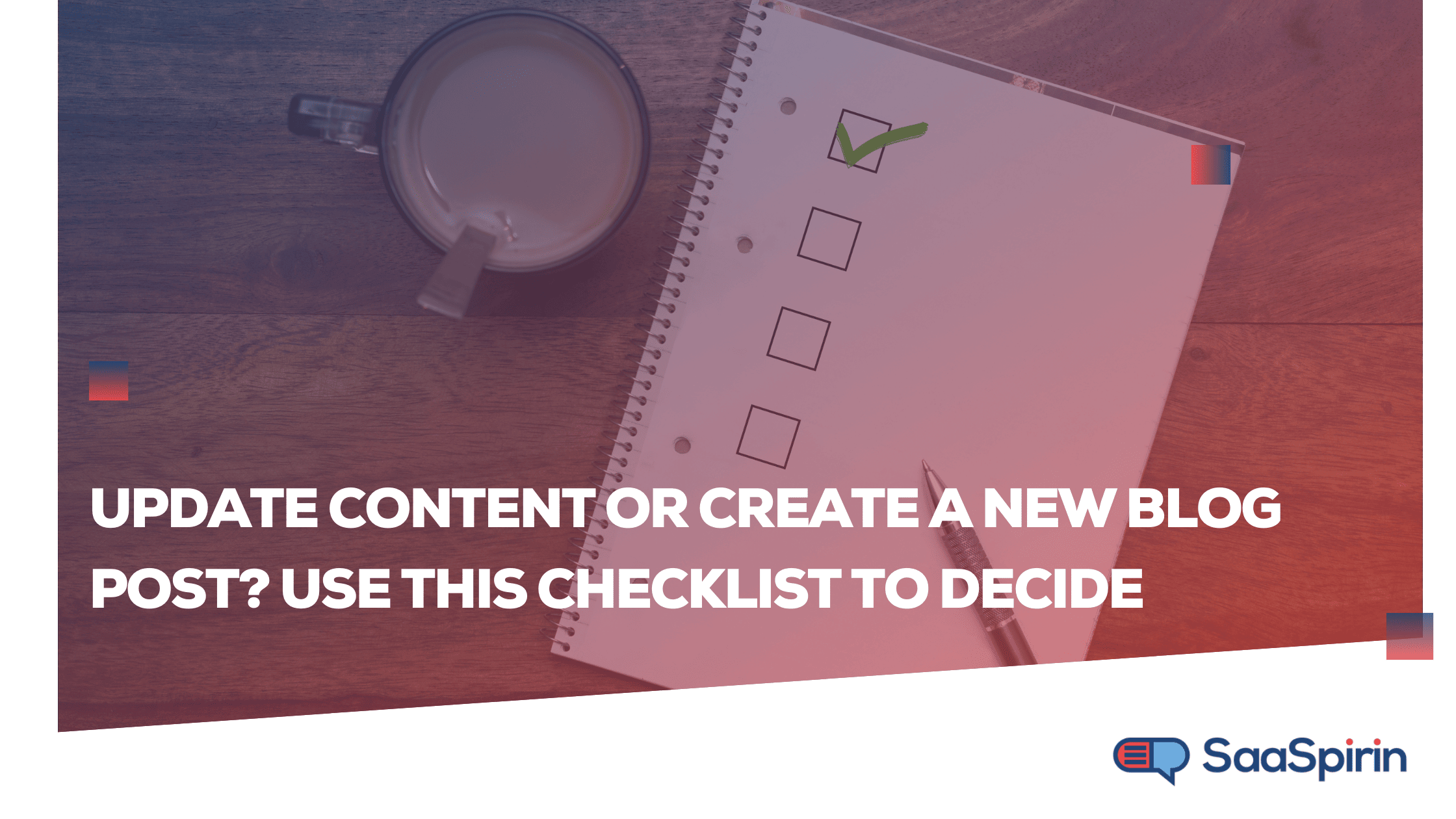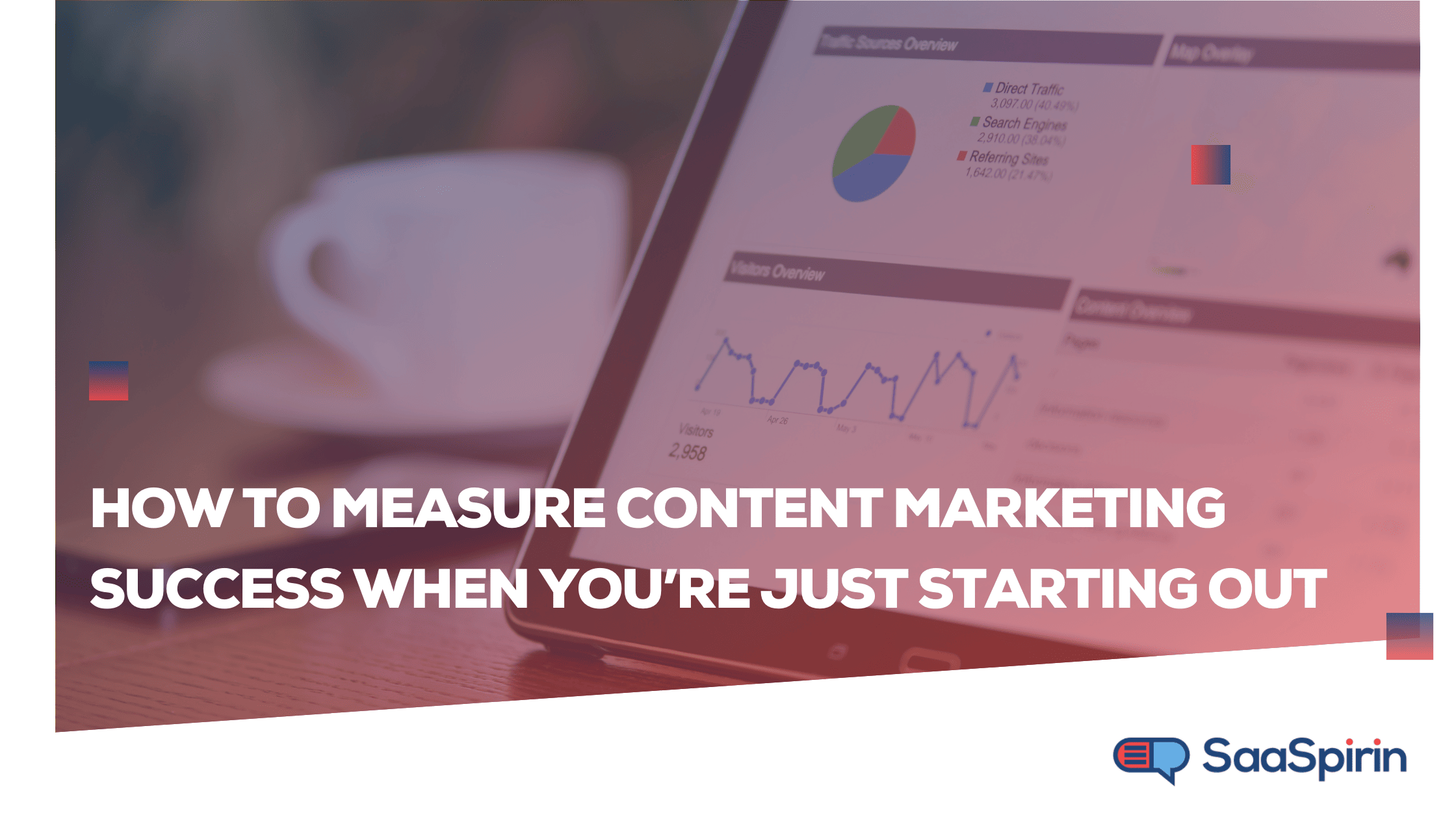Is Blog Traffic Really a Vanity Metric?
By Nicolas Jacobeus on July 15, 2021

In content marketing, there are lots of engagement metrics you can use to measure your campaign’s success.
A commonly measured metric is, unsurprisingly, blog traffic.
But is blog traffic worth measuring, or is it just another vanity metric?
What are vanity metrics?
Vanity metrics boost your ego, but not your bottom line. They’re engagement metrics that don’t contribute to:
- Return on investment (ROI)
- Other blog goals (like brand awareness)
- Your brand’s decision-making process
Vanity metrics can mislead you into believing your blog is helping you achieve your business goals when it’s really not.
Some vanity metrics include page views, likes—and sometimes even blog traffic.
That’s right: If you don’t watch what you’re doing, blog traffic can be one of the vanity metrics that might lead you to make the wrong marketing decisions.
When is blog traffic just an ego boost?
As we mentioned, sometimes measuring blog traffic serves no purpose but to make you feel good.
A common scenario is when a blog post gets a traffic spike that quickly fades, usually due to the blog post being mentioned or shared by an influencer.
The problem with traffic spikes is that they never result in meaningful conversions.
Sure, it’s great to have lots of visitors to your blog, but if they’re not your target audience, that traffic is useless. It could even put a strain on your server resources if you’re unprepared.
Blog traffic can also be misleading. This can happen if your post ranks for a keyword that you hadn’t planned for. This could drive the wrong kind of traffic to your blog. And if you’re not careful, you could make marketing decisions based on that traffic.
When is blog traffic a valuable metric?
One of the most-used data points in measuring a content marketing campaign’s success is blog traffic.
But we said earlier that blog traffic can be a vanity metric. So, when is it a legitimate metric?
Here are two instances where blog traffic is important to measure:
1. When you’re running a brand awareness campaign
Brand awareness is an important marketing strategy. The higher the number of people who know about your brand and product, the better the chances of your customer base growing. In the instance of a brand awareness campaign, blog traffic becomes a vital metric to measure.
2. When you need to direct targeted traffic to particular pages
Not all traffic is created equal. That’s why it’s crucial to drive the right kind of traffic to your blog.
A blog plays three important roles in marketing:
- Attracting new leads
- Converting leads into customers
- Retaining customers
Your blog strategy has to focus on content that will help you to fulfill all three of the goals above. At times, you may need to run campaigns targeted at just one particular outcome.
For example, you may want to run campaigns that attract new leads. To do this, you need to drive traffic to blog pages that encourage visitors to sign up for a resource or a free trial. In this case, blog traffic is an important metric to measure as it will help determine your conversion rate.
Make sure your blog traffic isn’t a vanity metric
So, how can you be sure your blog traffic counts as a useful metric for your marketing campaigns?
Easy—by attracting the right kind of traffic.
And it all starts with proper blog research.
Know your target audience
To drive relevant traffic to your site, you need to know the kind of people your business is looking for. This is your target audience. You must know:
- Their pain points
- The goals they want to achieve
This will help you direct all your content marketing efforts toward people you can convert into customers.
Conduct proper keyword research
Your next step to driving relevant traffic is to conduct proper keyword research.
You have to discover the phrases users input into search engines when they’re looking for a solution to their problems so your content will show up front-and-center in their search results.
Identifying these keywords forms the foundation of your content strategy.
Understand user intent
User intent simply means the reason for a user’s search query. There are three main types of user intent:
- Informational: The user is looking for specific information.
- Transactional: The user wants to perform a specific action like signing up for a trial, downloading a resource, or making a purchase.
- Navigational: The user is looking for a specific website or web page.
Understanding user intent allows you to create content that meets the criteria of a user’s search query. As a result, your traffic quality will improve.
Create content that solves specific problems
Armed with the right keywords and user intent, it becomes easier for you to create content that solves specific problems for your target audience. This leads to your blog traffic being relevant as your blog posts will only attract your target audience.
Attract the right kind of traffic
So is blog traffic one of the feel-good metrics you should ignore?
Not at all.
If you refine your content marketing process to make sure you attract the right kind of traffic, measuring your blog traffic will help you achieve your business goals.
Get in touch with SaaSpirin—we create actionable blog posts that drive traffic worth measuring!
You May Also Like
These Related Stories

Update Content or Create a New Blog Post? Use This Checklist to Decide

Your Blog Headlines Aren’t Supporting Your Goals – Here’s How to Change That

